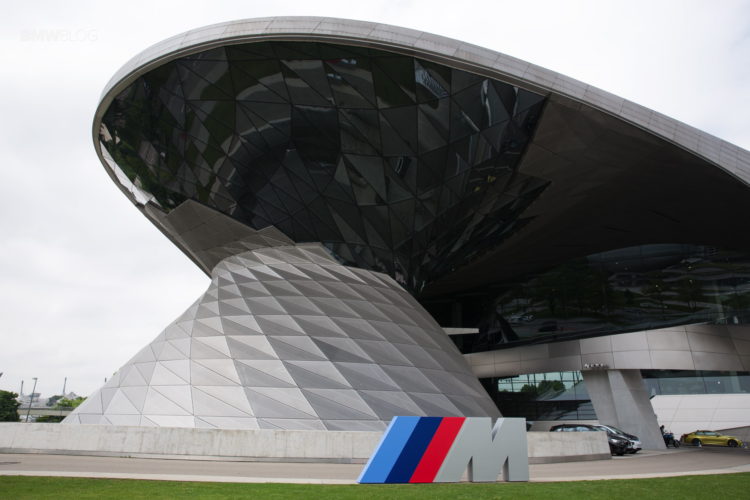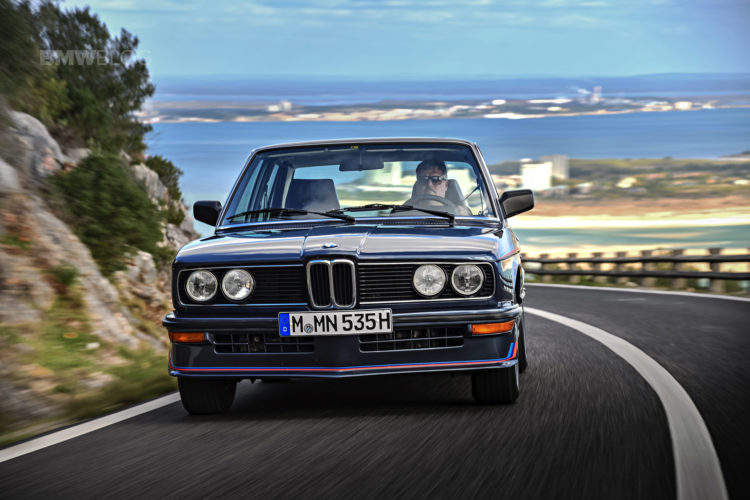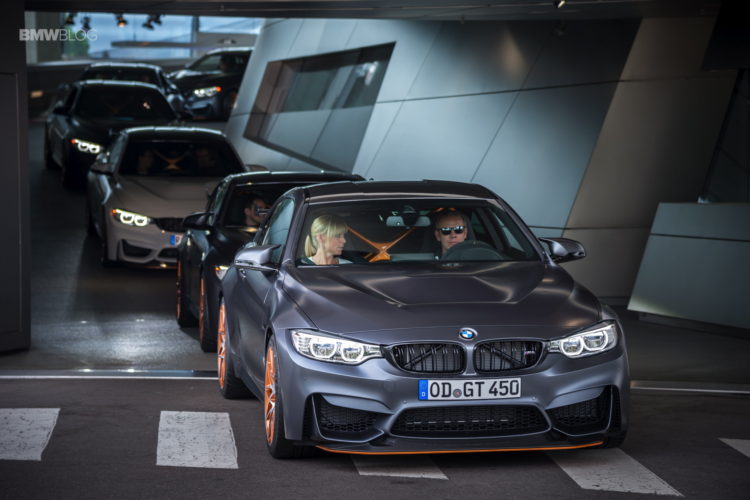The ink is hardly dry on the pages of this 2010 book and yet the story is as old as time; hubris followed by a fall. While focusing on GM and Chrysler, this book does look at Ford and Honda in relation to them. Also square in the cross-hairs is the role of the UAW in the debacle that has become American auto manufacturing.
Success paved the way for GM’s failure, not to mention a generation’s worth of bad management and spending decisions. Alfred Sloan is considered by many to be the father of the modern corporate model. GM had the world on a string in post WW II America. They could hardly do any wrong, but the seeds of their destruction was sown with poor negotiating of labor contracts and compromising the integrity of the individual brands.
GM’s decision to ‘badge engineer’ models in the ’70s and ’80s led to a cheapening of the upper end of GM’s model range. All you have to do is remember the Cadillac Cimarron. Management was insulated and inbred. The UAW was feared (in particular the irascible Steve Yokich) and subsequently labor harmony was purchased at a steep price (which would not be paid in full until after the meltdown in 2009). They had chances to turn things around, as late as the mid-’90s, but they continued to kick the hard decisions down the road. Those missed opportunities, including a chance to literally break the UAW, sealed their fate. I am more than willing to discuss a litany of GM stupidity with anyone over a beer. (Too many brands, wrong mix of brands at dealerships, Saturn S cars, the decision to make Pontiac GM’s BMW (when Pontiac said, ‘We Build Driving Excitement’, it didn’t mean they built good driving cars, but that their cars’ styling excited the potential Pontiac buyer – a lesson they FORGOT), and the complete failure to care for the image of Saab – a crying shame.)
While suffering the same labor issues as GM, Chrysler’s story, in my eyes, is one of poor product planning. Once the luster wore off the mini-van it’s as if Chrysler was lost in the wilderness. The merger of Daimler and Chrysler did neither company any good (and Juergen Scrempp paid the price for his indiscretions with his job). In the end the lack of product killed Chrysler. If Fiat hadn’t seen them as a return to the US market they wouldn’t have offered to take Chrysler off the gumints hands (virtually for free of course). In reality, Chrysler probably should have ceased operations. The only thing left of value at Chrysler was the iconic Jeep name.
As for Ford, they were on the edge of requesting government help along with GM and Chrysler. But to have gone through Chapter 11 would have deprived the Ford family any further control over the company. A prospect that couldn’t be contemplated. Bill Ford made some very difficult, smart, and brave decisions in releasing Jac Nasser, firing himself later, and then hiring Alan Mulally as CEO, that quite possibly saved the company. Those decisions coupled with the sale of Jaguar/Aston Martin and Volvo were the difference between autonomy and dependence.
At the end of the day – and sharing equally in the shame of the downfall of the Big Three – is the UAW. With the byzantine work rules they insisted on and, more recently, the incredibly mind-blowing Jobs Banks, they managed to redefine myopia.
Paul Ingrassia manages to take what ordinarily would be dry material, infuses it with humor, great stories of the impact to real people in the industry (from UAW line workers, dealers, and management), and careful research to turn out a compelling read. He also manages to contrast the goings on in the big three with the competition (he spends a great deal of time discussing Honda and their US operations). It’s well worth picking up a copy. One item that I particularly enjoyed was the discussion of ‘dagmars’. It, and other insider items, showed that Mr. Ingrassia had done his homework.
But, in light of the recent discussion of ‘Is BMW Becoming GM’, I’d ask that you read this book, and/or Maryann Keller’s much earlier work, “Rude Awakening”, or, “Call Me Roger”, by Albert Lee, and then Brady & Lorenz’s, “End of the Road: BMW and Rover – A Brand Too Far”, to understand just how different the two companies are.




































































